Home>Gardening & Outdoor>Landscaping Ideas>How To Grow Grass On A Hill


Landscaping Ideas
How To Grow Grass On A Hill
Modified: August 16, 2024
Learn effective landscaping ideas for growing grass on a hill. Discover expert tips and techniques for successful hillside grass cultivation.
(Many of the links in this article redirect to a specific reviewed product. Your purchase of these products through affiliate links helps to generate commission for Storables.com, at no extra cost. Learn more)
Introduction
So, you have a beautiful hill on your property, and you're envisioning it covered in lush, green grass. While the idea of a grass-covered hill is undoubtedly appealing, the process of making it a reality requires careful planning and execution. Growing grass on a hill presents unique challenges, from soil erosion to water runoff, but with the right approach, it's absolutely achievable.
In this comprehensive guide, we'll walk you through the essential steps to successfully grow grass on a hill. From assessing the hill's characteristics to selecting the appropriate grass seed and implementing effective erosion control measures, we've got you covered. By the end of this journey, you'll be equipped with the knowledge and confidence to transform your hill into a stunning, verdant landscape feature.
Let's delve into the intricacies of hillside grass cultivation and discover the rewarding process of creating a picturesque, functional, and sustainable grassy hill.
Key Takeaways:
- Transforming a hill into a lush, thriving expanse of grass requires careful assessment, soil preparation, strategic grass seed selection, precise planting, and diligent maintenance. It’s a rewarding journey that enhances the beauty and sustainability of your property.
- By understanding the hill’s unique characteristics and implementing tailored strategies, you can create a harmonious and sustainable grass-covered hill. Patience, perseverance, and attentive care are key ingredients for success in this rewarding endeavor.
Read more: How To Cut Grass On A Hill
Assessing the Hill
Before embarking on the journey of growing grass on a hill, it’s crucial to thoroughly assess the unique characteristics of the terrain. Understanding the hill’s topography, soil composition, sun exposure, and water drainage patterns is essential for devising a successful grass-growing strategy.
Start by evaluating the slope of the hill. Steep slopes pose greater challenges for grass establishment due to the risk of soil erosion and water runoff. Consider the angle of the incline and the potential for soil movement during heavy rainfall. Additionally, assess the direction of the slope in relation to the sun to determine its sun exposure, which will influence the type of grass that can thrive in the given conditions.
Next, analyze the soil composition. Hillsides often have varying soil types, which can impact water retention and nutrient availability for the grass. Conduct a soil test to determine the pH level, nutrient content, and drainage capacity. This information will guide soil preparation and amendment efforts to create an optimal environment for grass growth.
Observe the water drainage patterns on the hill. Note areas where water accumulates or flows rapidly during rainstorms. Proper water management is critical for preventing erosion and ensuring the grass receives adequate moisture without being inundated. Identifying these drainage patterns will inform the implementation of erosion control measures and irrigation strategies.
By thoroughly assessing the hill’s slope, soil composition, sun exposure, and water drainage, you’ll gain valuable insights that will shape your approach to growing grass on the hill. Armed with this knowledge, you can proceed to the next crucial step: preparing the soil for successful grass establishment.
Preparing the Soil
Creating a conducive environment for grass growth on a hill begins with soil preparation. Given the unique challenges of hillside terrain, proper soil preparation is paramount to establish a stable foundation for the grass to take root and thrive.
Start by addressing soil compaction, which is common on hillsides due to gravity and water pressure. Aerating the soil using a core aerator will alleviate compaction and improve air and water infiltration. This process promotes root development and enhances the soil’s ability to absorb nutrients and moisture, setting the stage for healthy grass growth.
Next, consider incorporating organic matter into the soil to enhance its structure and fertility. Compost, well-rotted manure, or peat moss can be mixed into the soil to improve its texture, water retention, and nutrient-holding capacity. This organic amendment enriches the soil, providing essential nutrients for the grass while promoting a favorable environment for beneficial soil microorganisms.
Addressing erosion control is another crucial aspect of soil preparation on a hill. Implement erosion control measures such as installing retaining walls, terracing, or using erosion control blankets to stabilize the soil and prevent runoff. These measures safeguard the newly seeded area from erosion, ensuring that the grass seed remains in place and has the opportunity to germinate and establish a strong root system.
Finally, consider applying a starter fertilizer specifically formulated for establishing new grass. This type of fertilizer provides essential nutrients, such as nitrogen, phosphorus, and potassium, to support the initial growth and development of the grass seedlings. Carefully follow the application instructions to avoid over-fertilization, which can be detrimental to the young grass plants.
By diligently preparing the soil through aeration, organic enrichment, erosion control, and targeted fertilization, you’ll create an optimal foundation for successful grass establishment on the hill. With the soil primed for growth, the next step involves selecting the right grass seed tailored to the hill’s specific conditions.
Choosing the Right Grass Seed
Selecting the appropriate grass seed is a pivotal decision that significantly influences the success of establishing grass on a hill. The choice of grass seed should align with the hill’s unique characteristics, including its slope, sun exposure, soil composition, and climate. By opting for the right grass species and cultivars, you can ensure resilience, adaptability, and aesthetic appeal in the face of the hill’s challenges.
When it comes to slopes, particularly steep ones, erosion control and soil stabilization are paramount. Choose grass species with strong, fibrous root systems that bind the soil and prevent erosion. Fine fescues, such as creeping red fescue and chewings fescue, are excellent choices for their erosion-fighting capabilities and adaptability to shady areas, which may be prevalent on certain hill slopes.
Consider the sun exposure on the hill when selecting grass seed. If the hill receives ample sunlight, warm-season grasses like Bermuda grass or Zoysia grass may thrive. On the other hand, if the hill is shaded for a significant portion of the day, shade-tolerant grasses such as fine fescues or certain varieties of Kentucky bluegrass are better suited to these conditions.
Soil composition and drainage patterns also play a crucial role in grass seed selection. If the soil on the hill has poor drainage, consider grass species that tolerate wet conditions, such as certain types of tall fescue. Conversely, if the soil is well-drained, species like perennial ryegrass or Kentucky bluegrass may be suitable choices.
Climate considerations should not be overlooked when choosing grass seed for a hill. Ensure that the selected grass species are well-adapted to the local climate, including temperature extremes and precipitation patterns. Native grasses often exhibit superior resilience and adaptability to the local environment, making them valuable candidates for hillside planting.
By carefully evaluating the hill’s slope, sun exposure, soil composition, and climate, you can make an informed decision when selecting the right grass seed. Tailoring the grass species to the hill’s specific conditions sets the stage for successful grass establishment and long-term vitality. With the ideal grass seed in hand, it’s time to move on to the next crucial step: planting the grass seed on the hill.
Plant grass seeds on a hill in the fall or spring for best results. Use erosion control blankets to prevent seeds from washing away. Water regularly and mow carefully once the grass is established.
Planting the Grass Seed
Planting grass seed on a hill requires careful attention to detail and a strategic approach to ensure successful germination and establishment. By following best practices for seeding, you can maximize the chances of achieving a lush, uniform lawn on the challenging terrain of a hillside.
Before seeding, it’s essential to prepare the soil thoroughly. Rake the soil surface to create a fine, level seedbed, removing any debris and large clumps that could impede seed-to-soil contact. This step promotes optimal seed germination and seedling growth while facilitating uniform coverage across the hillside.
Consider using a seed spreader to distribute the grass seed evenly. Adjust the spreader settings to achieve the recommended seeding rate for the chosen grass species. For steep slopes, it may be beneficial to divide the total seed quantity into multiple smaller applications to prevent seed runoff and ensure comprehensive coverage.
Once the seed is spread, lightly rake the soil to cover the seeds with a thin layer of soil. This process, known as “topdressing,” aids in seed-to-soil contact, which is vital for germination. Avoid burying the seeds too deeply, as this can hinder their emergence and early growth.
After seeding, gently press the soil surface to ensure good seed-to-soil contact without compacting the soil excessively. This step can be achieved using a lawn roller or by walking over the seeded area with flat-soled shoes. Adequate seed-soil contact is essential for moisture absorption and seedling emergence.
Once the seeds are sown and properly positioned in the soil, it’s time to initiate a consistent watering regimen. Keep the seeded area consistently moist, but not waterlogged, to support germination and early growth. Light, frequent watering is preferable to prevent soil erosion and ensure the seeds remain in place during the critical establishment phase.
As the grass seedlings emerge and develop, continue to monitor soil moisture and provide irrigation as needed to promote healthy growth. Avoid excessive foot traffic on the newly seeded area to prevent soil compaction and disturbance of the delicate seedlings.
By meticulously executing the planting process with attention to soil preparation, seeding techniques, and irrigation, you set the stage for successful grass establishment on the hill. With the seeds sown and nurtured, the next critical phase involves ongoing watering and maintenance to support the burgeoning grass cover.
Read more: How To Get Rid Of Ant Hills In Grass
Watering and Maintenance
After planting the grass seed on the hill, diligent watering and maintenance practices are essential to nurture the emerging seedlings and facilitate their transition into a thriving, resilient lawn. Proper irrigation, vigilant weed control, and timely mowing contribute to the long-term success of the grass on the hillside.
During the initial establishment phase, consistent and gentle watering is crucial to support seed germination and seedling growth. Keep the seeded area consistently moist by watering lightly and frequently, especially during dry periods. Avoid excessive watering that may lead to runoff and soil erosion, particularly on steep slopes.
As the grass seedlings develop, gradually transition to a deeper, less frequent watering schedule to encourage the development of robust root systems. Deep watering promotes deep root growth, enhancing the grass’s ability to withstand environmental stress and compete with weeds. Monitor soil moisture levels regularly and adjust the watering frequency based on weather conditions and the grass’s water needs.
While nurturing the young grass, remain vigilant against weeds that may threaten its establishment. Hand-pull weeds as soon as they appear, taking care to remove the entire plant, including the roots. Avoid using herbicides during the initial growth stages of the grass, as they can hinder the development of the young seedlings.
As the grass on the hill matures, implement a regular mowing schedule to maintain an optimal height for the chosen grass species. Adjust the mower height to ensure that no more than one-third of the grass blade is removed in a single mowing session. Mowing at the appropriate height encourages healthy root development and helps the grass outcompete weeds.
Continue to monitor the hillside for signs of erosion and soil movement, particularly after heavy rainfall or strong winds. Address any erosion issues promptly by reinforcing erosion control measures and stabilizing the soil to prevent further loss of topsoil and grass cover.
Fertilization may be necessary to provide essential nutrients for the grass as it matures. Conduct a soil test to determine the specific nutrient requirements of the grass on the hill, and apply a balanced fertilizer as recommended based on the test results. Proper fertilization supports the grass’s vigor and resilience, contributing to a lush, healthy lawn.
By adhering to a consistent watering schedule, practicing vigilant weed control, implementing proper mowing techniques, and addressing erosion concerns, you can maintain the health and vitality of the grass on the hill. With ongoing care and attention, the grass will thrive and transform the hill into a verdant landscape feature that enhances the beauty and functionality of your property.
Dealing with Erosion
Erosion control is a critical aspect of maintaining the integrity and stability of a grass-covered hill. Given the unique challenges posed by slopes, effective erosion control measures are essential to prevent soil loss, preserve the grass cover, and safeguard the hillside landscape. By implementing proactive erosion control strategies, you can mitigate the impact of water runoff and soil movement, ensuring the long-term resilience of the grass on the hill.
One of the primary erosion control methods for a grass-covered hill is the establishment of vegetative cover. The dense network of grass roots acts as a natural anchor, stabilizing the soil and reducing the risk of erosion. Encourage the growth of a healthy grass cover by following proper seeding and maintenance practices, ensuring robust root development that fortifies the soil structure.
For particularly steep or vulnerable areas of the hill, consider installing erosion control blankets or mats. These specialized materials provide immediate protection to the soil surface, preventing erosion while facilitating seed germination and grass establishment. Erosion control blankets are especially beneficial during the initial stages of grass growth when the soil is most susceptible to erosion.
Retaining walls and terracing are effective engineering solutions for managing erosion on hillsides. Constructing retaining walls using durable materials such as stone or timber helps to stabilize the soil, preventing downslope movement and retaining the integrity of the hill. Terracing, which involves creating level platforms on the slope, reduces the gradient of the hill, minimizing water runoff and soil erosion.
Strategic planting of erosion-controlling vegetation, such as ground cover plants or shrubs, can complement the grass cover and enhance erosion resistance. Select plants with extensive root systems that bind the soil and provide additional protection against erosion. These supplementary plantings contribute to the overall stability and ecological diversity of the hillside landscape.
Proper water management is essential for erosion control on a grass-covered hill. Implement measures to redirect and disperse water runoff, such as installing drainage swales or redirecting downspouts away from the hill. By minimizing the concentration and velocity of water flow, you can reduce the erosive force and its impact on the soil.
Regularly inspect the hillside for signs of erosion, particularly after heavy rainfall or other environmental stressors. Address any erosion issues promptly by reinforcing or adjusting erosion control measures as needed. By staying proactive and vigilant, you can effectively manage erosion and preserve the integrity of the grass-covered hill.
With a comprehensive erosion control plan in place, the grass on the hill will thrive in a stable and secure environment, contributing to the beauty and sustainability of the landscape. By integrating erosion control measures with attentive maintenance, the hillside grass will continue to flourish, enhancing the aesthetic appeal and ecological balance of your property.
Conclusion
Transforming a hill into a lush, thriving expanse of grass is a rewarding endeavor that enhances the beauty and functionality of your property. By navigating the unique challenges of hillside terrain and implementing tailored strategies, you can achieve a stunning grass-covered hill that enriches the landscape and contributes to environmental sustainability.
Assessing the hill’s topography, soil composition, sun exposure, and water drainage patterns provides the foundational knowledge necessary to devise a successful grass-growing strategy. Understanding these key elements allows you to make informed decisions at every stage of the process, from soil preparation to grass seed selection and erosion control.
Thorough soil preparation, including aeration, organic enrichment, and erosion control, establishes an optimal foundation for the successful establishment of grass on the hill. The careful selection of the right grass seed, tailored to the hill’s specific conditions, sets the stage for resilience, adaptability, and aesthetic appeal in the face of the hill’s challenges.
Planting the grass seed with precision and nurturing the emerging seedlings through consistent watering and maintenance practices are essential for fostering healthy growth and long-term vitality. Diligent erosion control measures, such as vegetative cover, erosion control blankets, retaining walls, and strategic planting, safeguard the integrity of the hillside landscape and preserve the grass cover.
By integrating these strategies and practices, you can create a harmonious and sustainable grass-covered hill that enhances the natural beauty of your property. The verdant expanse of grass not only contributes to the visual appeal of the landscape but also serves as a functional and ecologically valuable feature, promoting soil stability, biodiversity, and environmental balance.
As you embark on the journey of growing grass on a hill, remember that patience, perseverance, and attentive care are key ingredients for success. Embrace the process as an opportunity to connect with the land, nurture its vitality, and create a lasting legacy of natural beauty and ecological harmony.
With a well-executed plan and a deep understanding of the hill’s unique characteristics, you can transform the hill into a captivating and sustainable grassy landscape that enriches your outdoor space and brings joy to all who behold its verdant splendor.
Frequently Asked Questions about How To Grow Grass On A Hill
Was this page helpful?
At Storables.com, we guarantee accurate and reliable information. Our content, validated by Expert Board Contributors, is crafted following stringent Editorial Policies. We're committed to providing you with well-researched, expert-backed insights for all your informational needs.



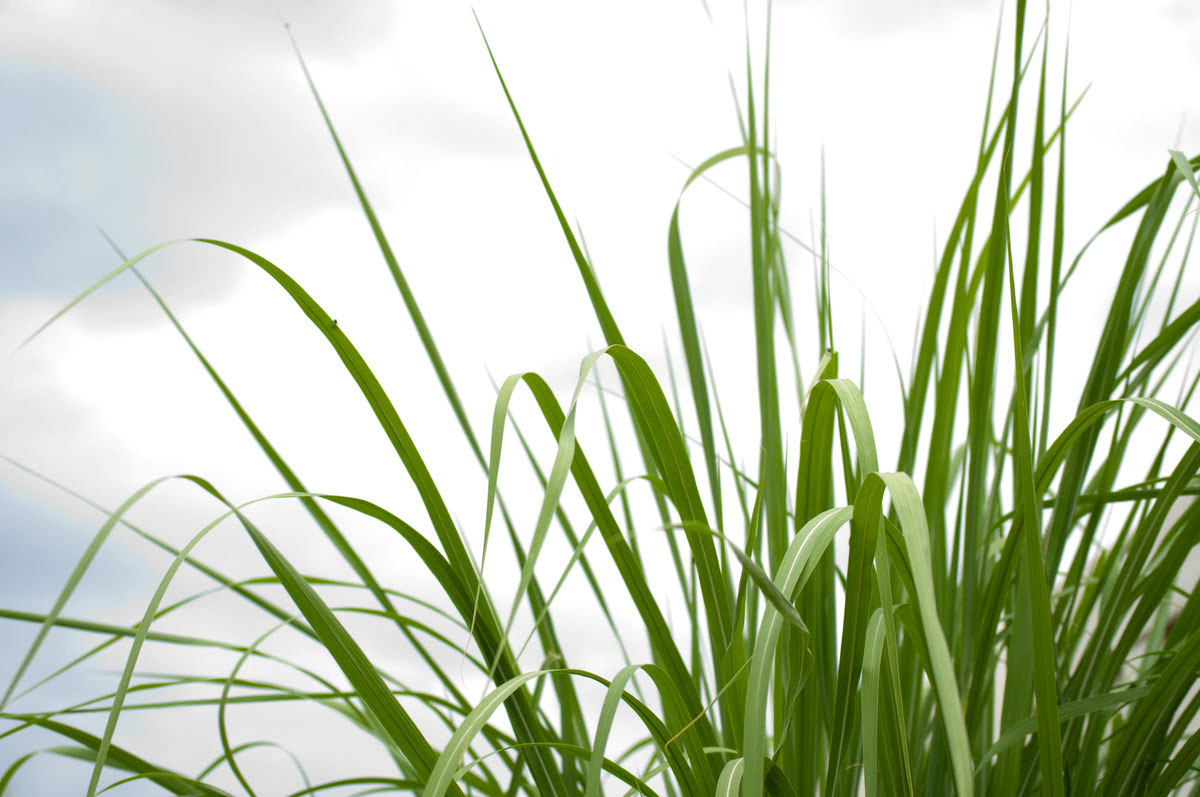
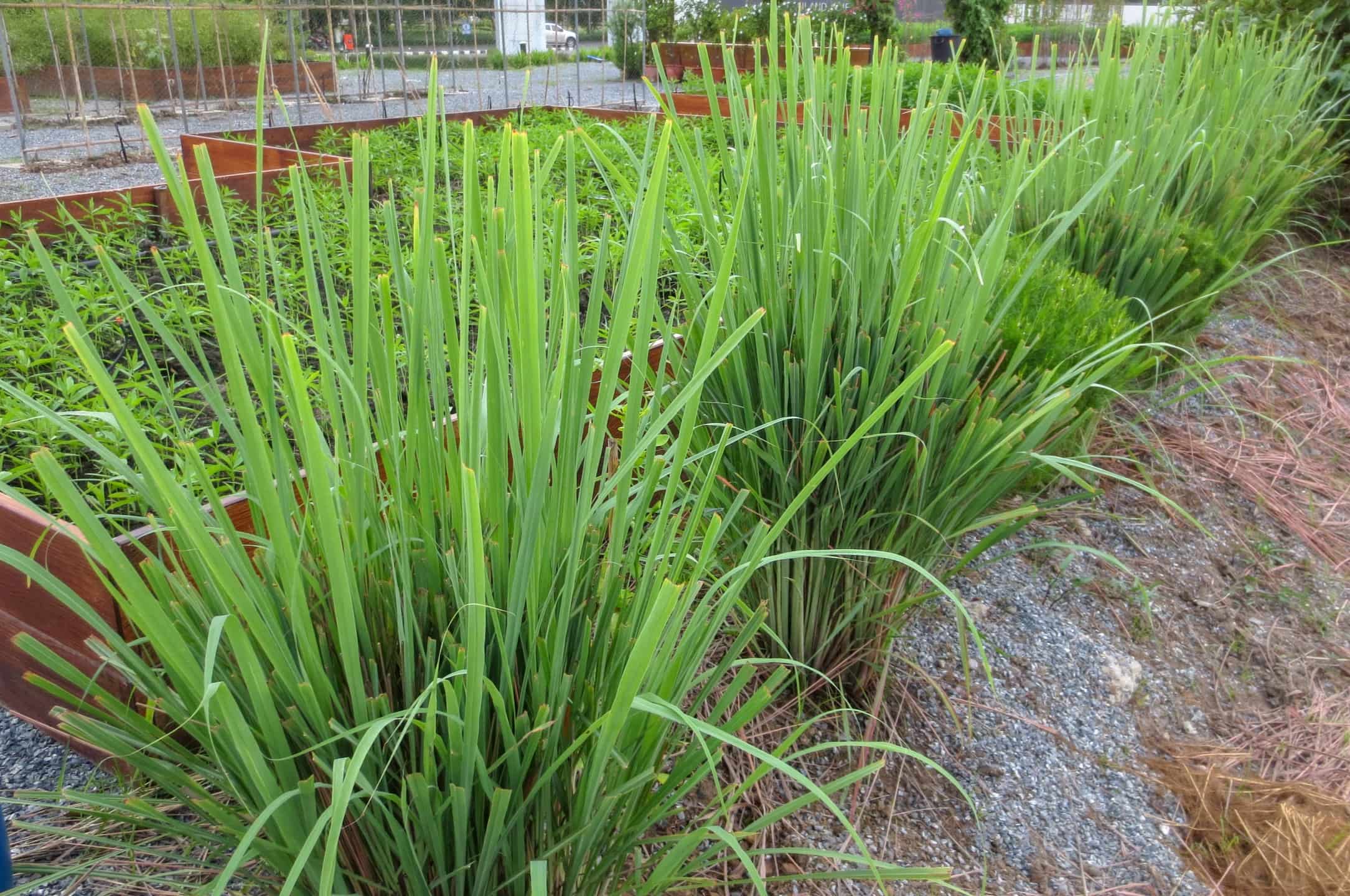
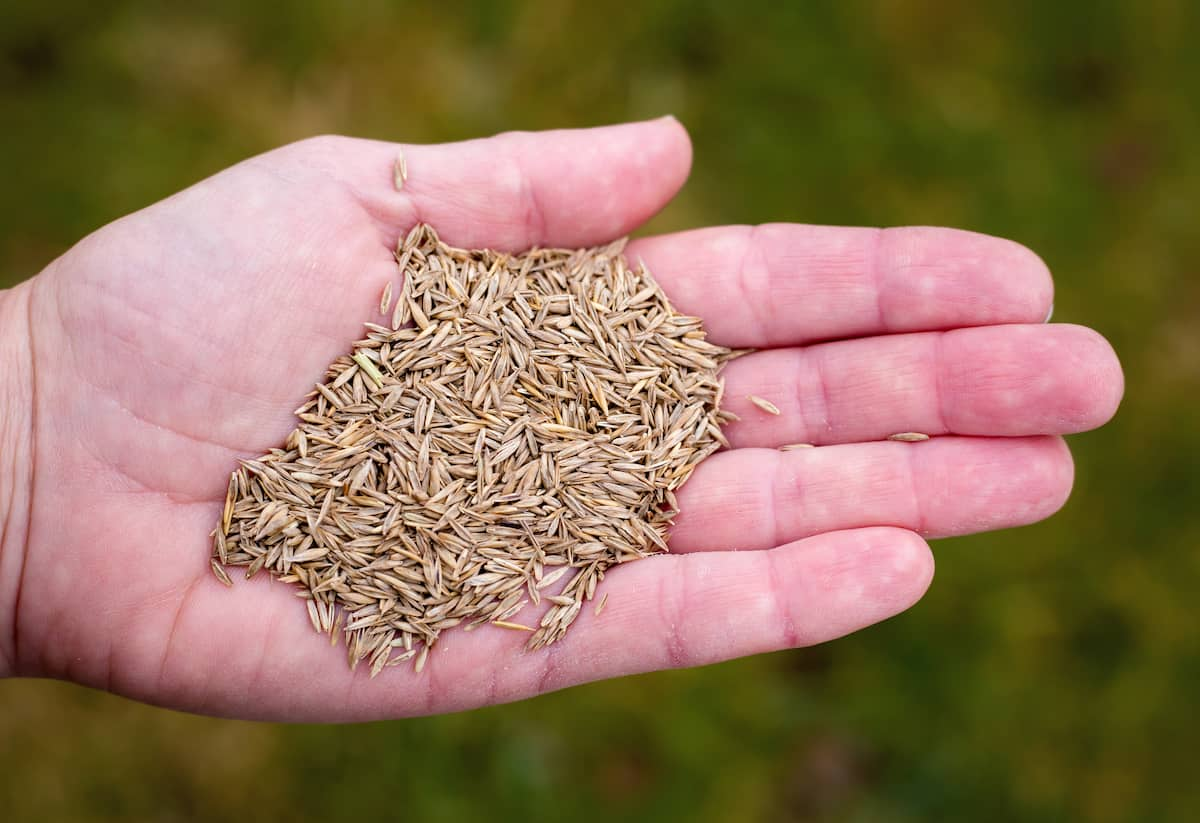
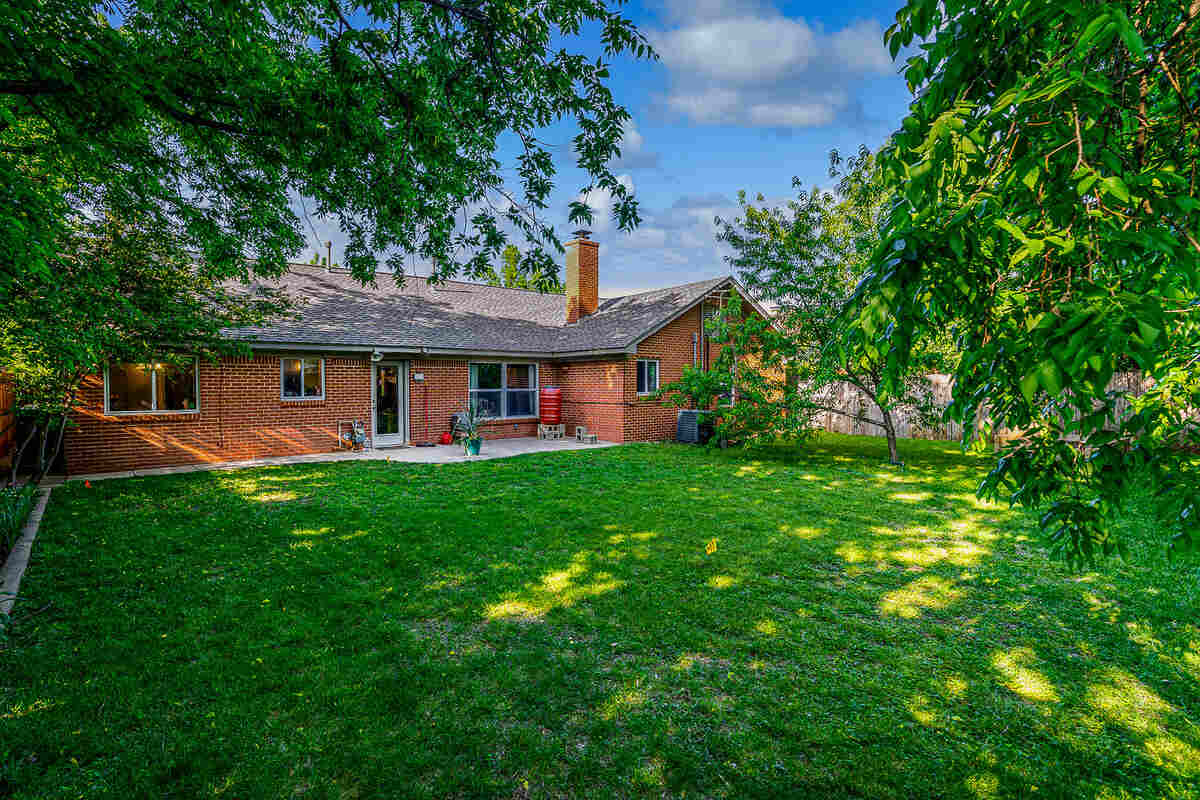
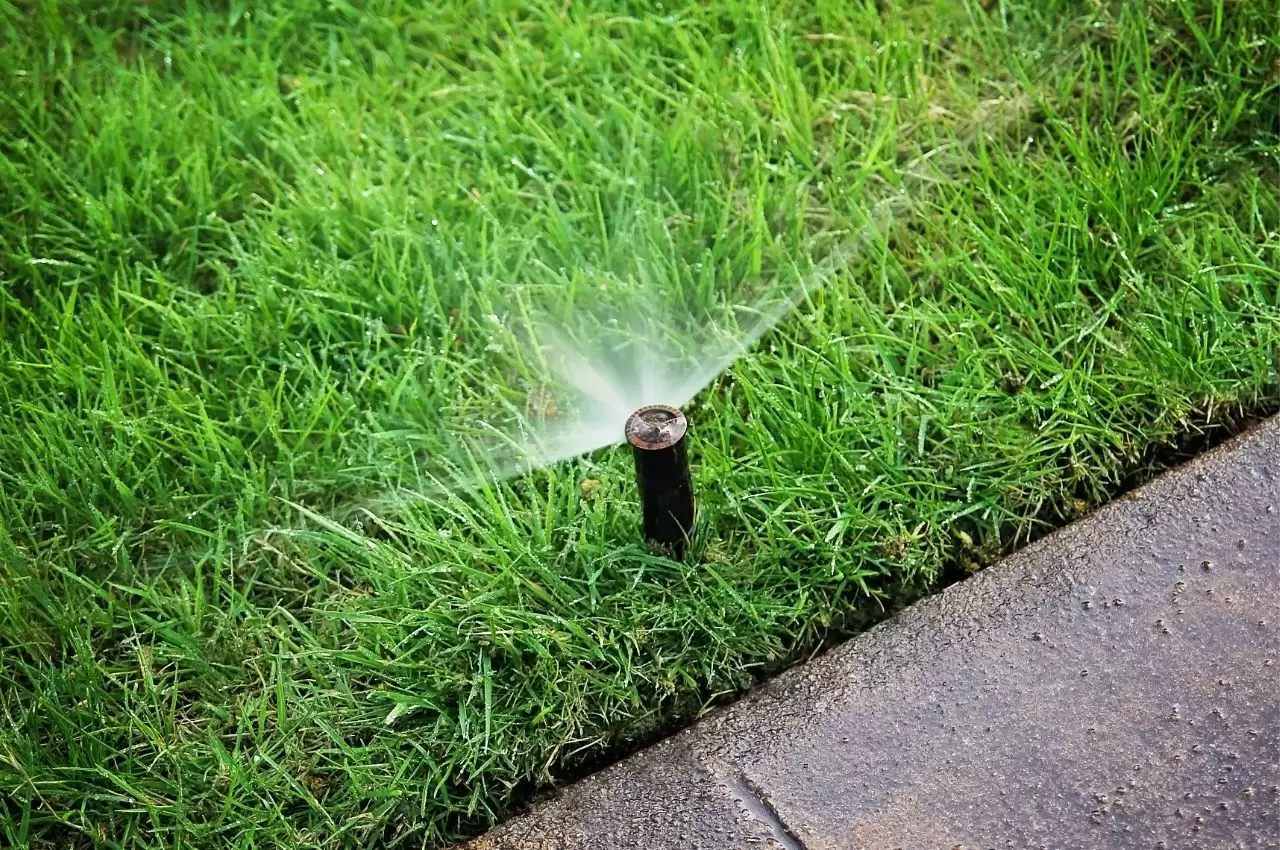



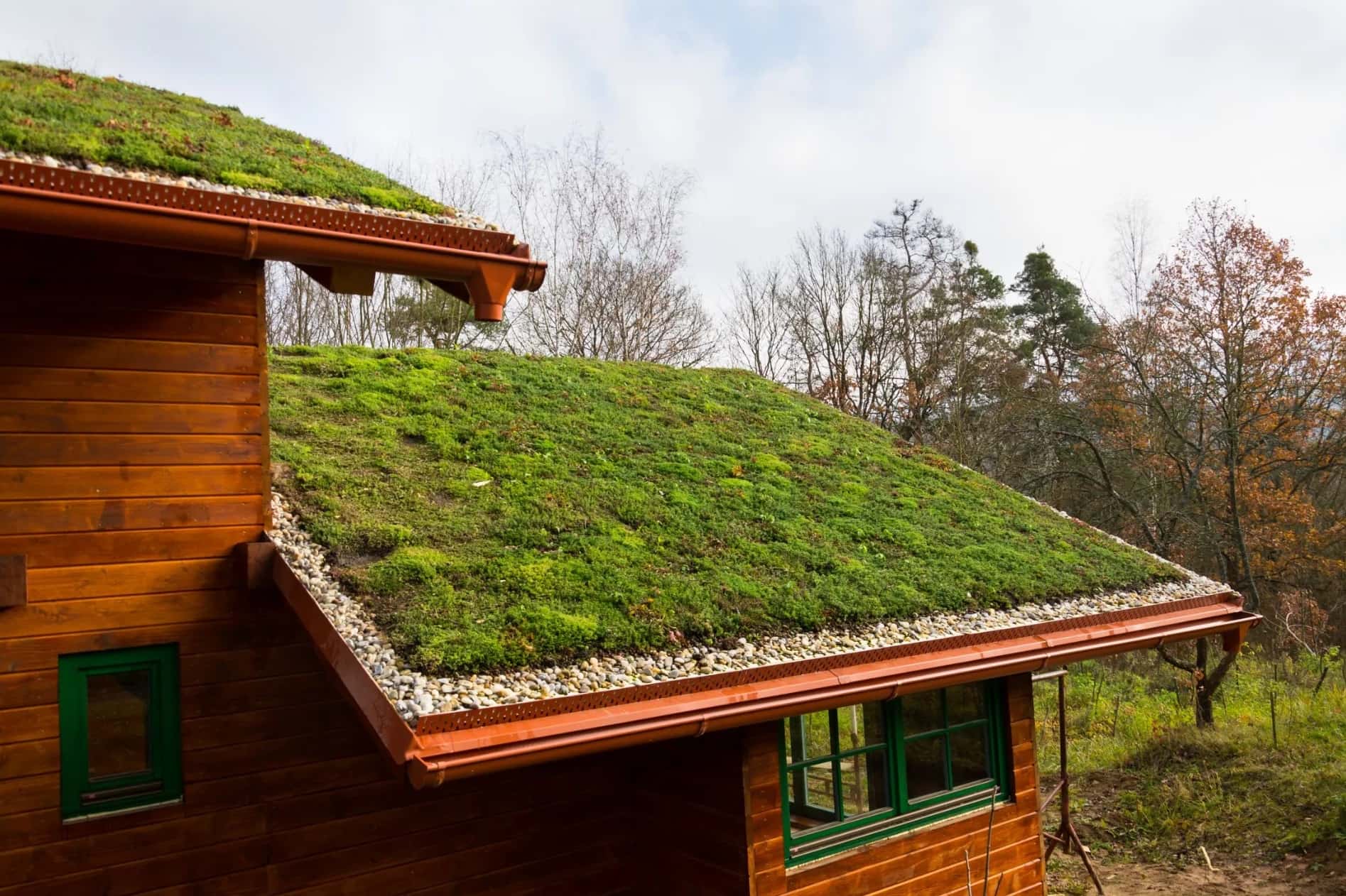
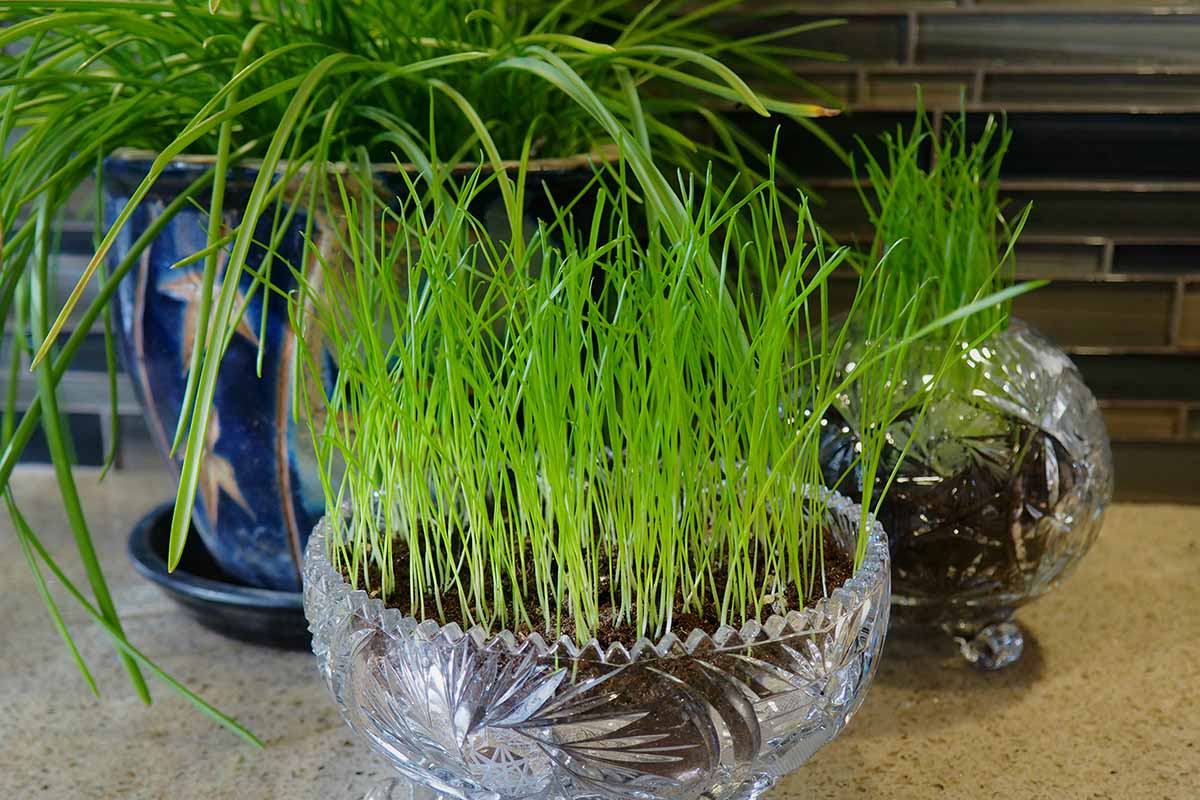


0 thoughts on “How To Grow Grass On A Hill”